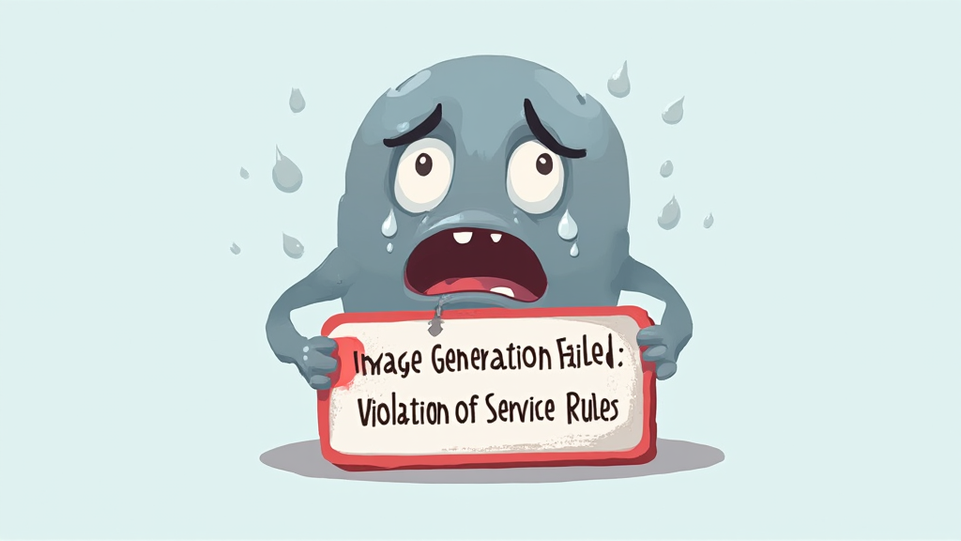Introduction to Inflation and Its Impact on Savings
Understanding Inflation: Causes and Effects
Inflation refers to the general increqse in prices over time, which erodes purchasing power. As prices rise, individuals find that their savings buy less than before. This phenomenon can significantly impact financial planning. He may observance that essential goods and services become more expensive, leading to tighter budgets. It’s crucial to understand how inflation affects savings strategies. Many people overlook this aspect.
Moreover, inflation can lead to uncertainty in investment returns. He might feel hesitant to invest in traditional savings accounts, which often yield low interest rates. This situation prompts individuals to seek alternative options. Exploring diverse investment avenues can be beneficial. It’s essential to stay informed about economic trends. Knowledge is power in financial decision-making.
The Current State of Inflation: A Global Perspective
Inflation rates vary significantly across different regions. For instance, recent data shows the following:
These figures indicate a rising trend in consumer prices. He may observe that essential goods are becoming increasingly expensive. This situation can strain household budgets. Additionally, central banks are responding with interest rate adjustments. Higher rates can slow economic growth. It’s a delicate balance. Understanding these dynamics is crucial for effective financial planning. Knowledge empowers better decision-making.
The Role of Cryptocurrency in Inflation Hedge
How Cryptocurrencies Function as a Store of Value
Cryptocurrencies are increasingly viewed as a store of value. They offer a decentralized alternative to traditional currencies. This characteristic can protect against inrlation. For example, Bitcoin has a capped supply of 21 million coins. This scarcity can enhance its value over time. He may find this appealing in uncertain economic climates.
Additionally, cryptocurrencies can provide liquidity and accessibility. Transactions can occur ⁄7 without intermediaries. This flexibility is advantageous for investors. Many individuals are diversifying their portfolios with digital assets. It’s a strategic move. Understanding the underlying technology is essential. Knowledge leads to informed investment choices.
Comparing Cryptocurrencies to Traditional Assets
Cryptocurrencies and traditional assets serve different purposes in investment strategies. While stocks and bonds are often tied to company performance and economic conditions, cryptocurrencies operate independently of these factors. This independence can provide a hedge against inflation. He may appreciate the potential for high returns in volatile markets.
Moreover, cryptocurrencies offer unique characteristics such as decentralization and transparency. These features can raise security and reduce counterparty risk. Many investors are increasingly allocating a portion of their portfolios to digital assets. It’s a growing trend. Understanding market dynamics is crucial for effective asset management. Knowledge is key to successful investing.
Strategies for Protecting Your Savings Against Inflation
Diversifying Your Investment Portfolio
Diversifying an investment portfolio is essential for mitigating risk. By allocating assets across various classes, he can reduce exposure to any single investment. This strategy often includes a mix of equities, fixed income, and alternative investments. Each asset class behaves differently under market conditions.
For instance, during inflationary periods, commodities may perform well. He might consider including real estate or precious metals. These assets can act as a hedge against rising prices. Additionally, incorporahing cryptocurrencies can provide further diversification. It’s a modern approach. Understanding correlations between asset classes is vital. Knowledge enhances strategic decision-making .
Utilizing Stablecoins for Stability
Stablecoins offer a unique solution for maintaining value in volatile markets. These digital currencies are pegged to stable assets, such as the US dollar. This peg helps mitigate the risks associated with traditional cryptocurrencies. He may find stablecoins particularly useful during inflationary periods. They provide liquidity and ease of transaction.
Moreover, stablecoins can facilitate quick transfers without significant fees. This efficiency is advantageous for both personal and business transactions. Many investors are incorporating stablecoins into their portfolios for stability. It’s a prudent strategy. Understanding the mechanisms behind stablecoins is essential. Knowledge leads to informed financial decisions.
Long-Term vs. Short-Term Strategies
Assessing Your Risk Tolerance
Assessing risk tolerance is crucial for effective investment strategies. He must consider his financial goals and time horizon. Long-term strategies often involve higher risk, as they can yield greater returns over time. This approach requires patience and resilience.
Conversely, short-term strategies typically focus on capital saving. He may prefer lower volatility in uncertain markets. Understanding personal risk tolerance helps in selecting appropriate investments. It’s a key factor in portfolio management. Many investors benefit from regular assessments. Knowledge of risk leads to better decisions.
Choosing the Right Time to Invest
Choosing the right time to invest is essential for maximizing returns. He should analyze market conditions and economic indicators. Long-term strategies often benefit from dollar-cost averaging. This method reduces the impact of volatility over time.
In contrast, short-term strategies require precise timing. He may need to monitor market trends closely. Identifying entry and exit points is crucial for success. Many investors rely on technical analysis for this purpose. It’s a valuable tool. Understanding market cycles can enhance decision-making. Knowledge is vital for effective investing.
Conclusion: Taking Action to Safeguard Your Financial Future
Staying Informed and Adapting to Market Changes
Staying informed about market changes is crucial for effective investing. He should regularly review financial news and analysis. This practice helps identify emerging trends and potential risks. Adapting strategies based on new information is essential.
For instance, he may need to adjust his portfolio in response to economic shifts. Monitoring interest rates and inflation data can provide valuable insights. Many investors benefit from subscribing to financial newsletters. It’s a proactive approach. Understanding market dynamics enhances decision-making. Knowledge is power in financial management.
Building a Resilient Financial Strategy
Building a resilient financial strategy requires careful planning and analysis. He must assess his financial goals and risk tolerance. Diversification across asset classes can mitigate potential losses. This approach helps balance risk and return effectively.
Additionally, he should establish an emergency fund to cover unexpected expenses. This safety net provides peace of mind during market fluctuations. Regularly reviewing and adjusting the strategy is essential for long-term success. Many investors overlook this step. Staying proactive can lead to better financial outcomes. Knowledge and adaptability are key components of resilience.
